What next for the Olympic Park?
For the past seven weeks an unloved area of industrial wasteland has been the centre of the world’s sporting action, but what next for the £300m Olympic Park?
- Chapters
- descriptions off, selected
- subtitles off, selected
- captions settings, opens captions settings dialog
- captions off, selected
This is a modal window.
This is a modal window. This modal can be closed by pressing the Escape key or activating the close button.
It is hoped that the much-vaunted legacy of the Olympic and Paralympic Games will include a change in attitude, both around sports and disability, but what of the concrete legacy?
A £300m construction programme will now begin to transform the park into the Queen Elizabeth Olympic Park.
Six out of the eight permanent sites have had their futures decided, with announcements expected imminently on the remaining two – the Olympic Stadium and the press centre and broadcast centre.
So what can we expect to see at the park?
Olympic Stadium
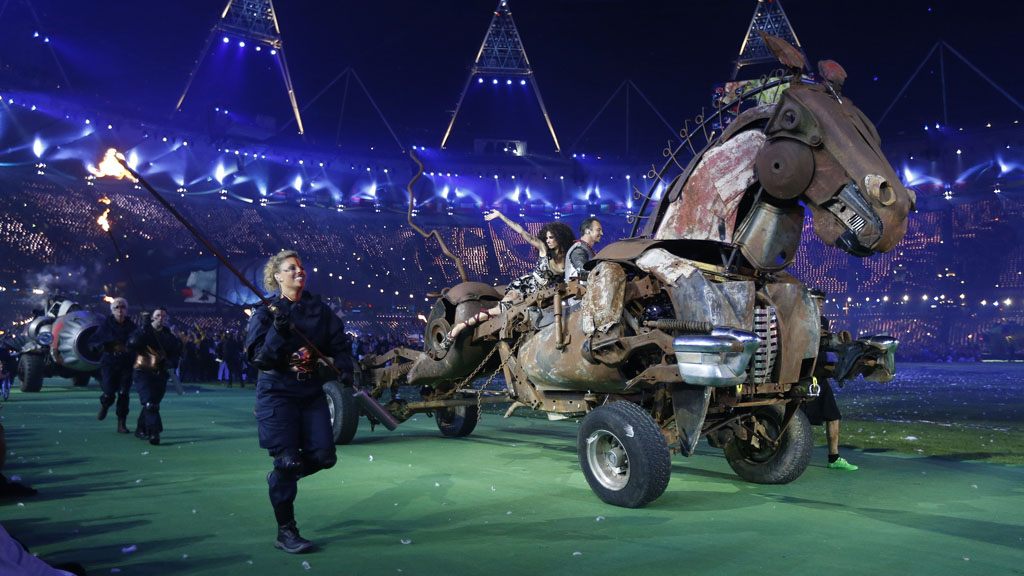
The most-high profile venue within the park has also had the roughest ride in determining its future. The stadium was originally on course to be taken over by West Ham Football Club, in partnership with Newham Council. Legal challenges from rival bidders for the stadium, including football clubs Leyton Orient and Tottenham Hotspur, derailed this process.
The London Legacy Development Corporation, the public sector body determining the legacy of the park, then changed its mind – deciding that the stadium will be kept in public ownership. A deal has been struck with Newham Council to manage the park, which will mean the council can use the stadium for public events such as school sports. It will also be reduced in size from 80,000 seats to 60,000 seats.
Read more: From hinterland to Olympics, the journey of a brief city
Additional uses for the stadium will be secured by way of leases – and this is how the football clubs will have to take advantage. Locog will announce in October which party out of four bidders will secure the first lease of the stadium. The bidders are: West Ham Football Club, Leyton Orient, University College of Football Business, and a bid from Formula One boss Bernie Ecclestone to put a racing track inside the stadium.
As the stadium will be hosting the 2017 World Athletic Championships, putting a race track over the running track is probably a big ask.
The timing of the opening of the stadium will be dependent on which bidder is successful.
Aquatic Centre and the Copper Box
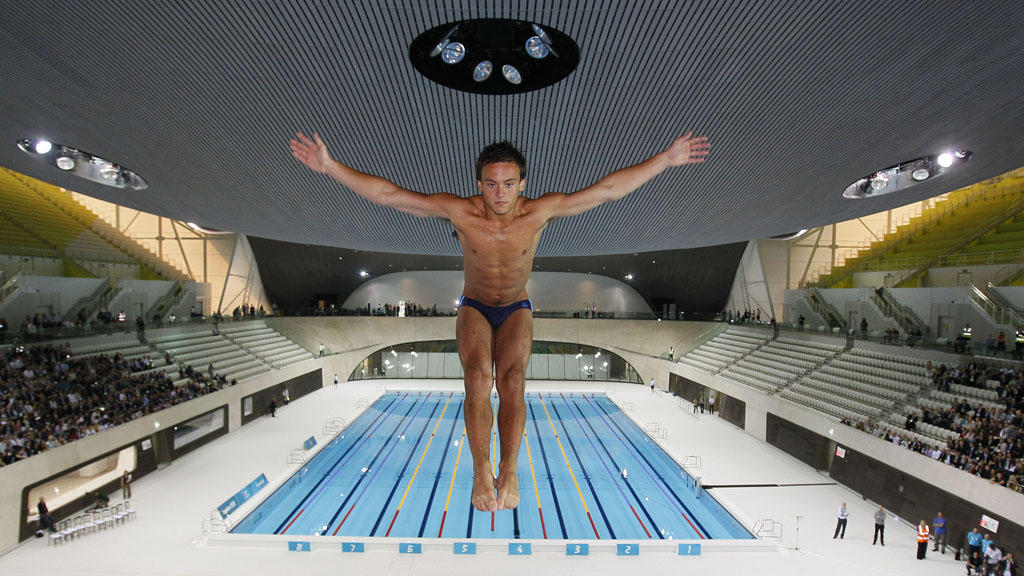
The home of golds from Great Britain’s swimmers Heather Frederiksen, Jonathan Fox and Ellie Simmonds will be kept in public ownership. The Aquatics Centre, with two 50m swimming pools and a diving pool, will be operated as a public swimming pool by Greenwich Leisure Ltd. Greenwich Lesiure, a not-for-profit social enterprise whichs runs more than 60 fitness and leisure centres across London and Reading, has also been awarded the management contract for the Copper Box, which was home to sports such as handball.
The reasoning for awarding both contracts to Greenwich Leisure is that public swimming pools rarely turn a profit, but the Copper Box, with its large space and retractable seats, has more commercial benefits from events such as exhibitions. By running the two venues under the same operator it is hoped any financial losses made by the pool will be reversed by the Copper Box.
The Copper Box will be host to a wide range of public team sports and is expected to open in July next year. The Aquatics Centre will reopen in spring 2014.
The velodrome and the Eton Manor sports complex
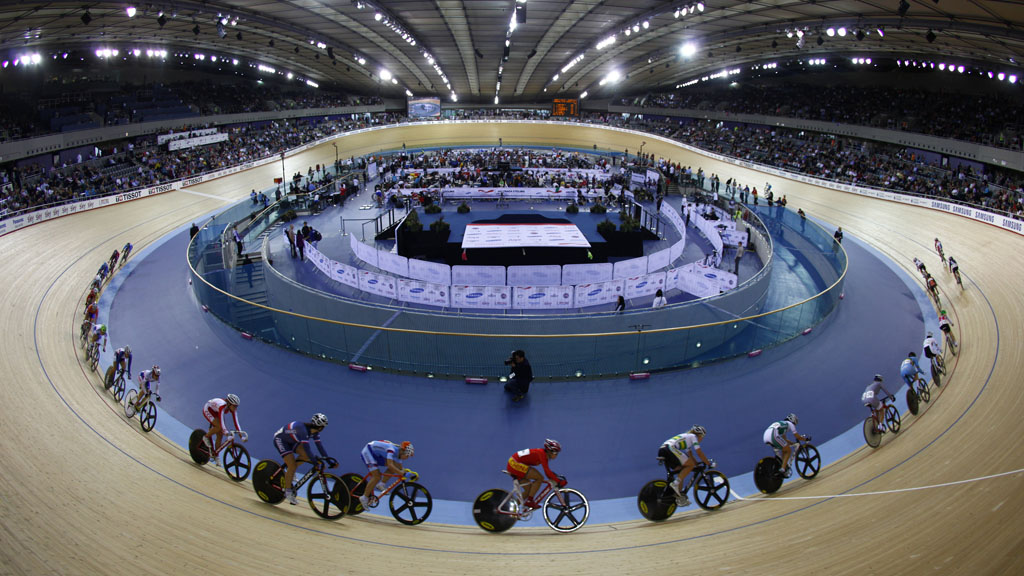
The velodrome is to be transformed into the “Velo Park” with the addition of extra outside cycling facilities, including a mile-long road cycling track and a mountain-biking trail. The BMX course will be made less difficult – to hopefully prevent some of the horrific crashes that took place during the Olympics happening to the public.
The Eton Manor Sports Complex will be transformed into the Lea Valley Tennis and Hockey Centre and will be host to the 2015 European Hockey Championships.
Both, which are open to public uses, will be taken over by the Lea Valley Regional Park Authority, a public body which manages the 26-mile, 10,000 acre Lea Valley Regional Park to the north of the Olympic Park. They are expected to open by the end of 2013.
The press and broadcast centre
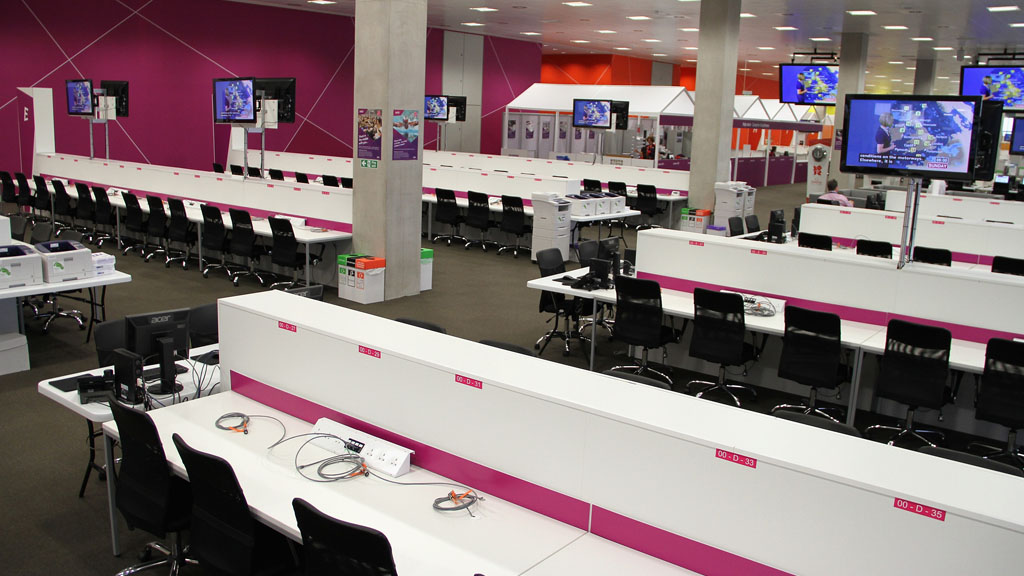
Aside from the stadium, the home of the world’s media during London 2012 is the only other venue the future of which is not yet determined, though this is close to being resolved. Plans for a technology industry hub, submitted by data centre developer Infinity, have been chosen as the preferred option for the site (beating suggestions for a ski centre and designer outlet along the way).
The plans, known as iCity, fit in with the government’s focus on promoting the technology and media industries in London as has been seen at London’s Silicon Roundabout in Shoreditch. The key now is for Infinity to find tenants for the 91,000 square-metre property. The company has six months to get interest for the buildings before the decision to appoint them is reviewed.
Up until now tenants have not been able to get into the centre, because of the Games, but it is understood that there are around 60 interested parties.
Athletes’ village
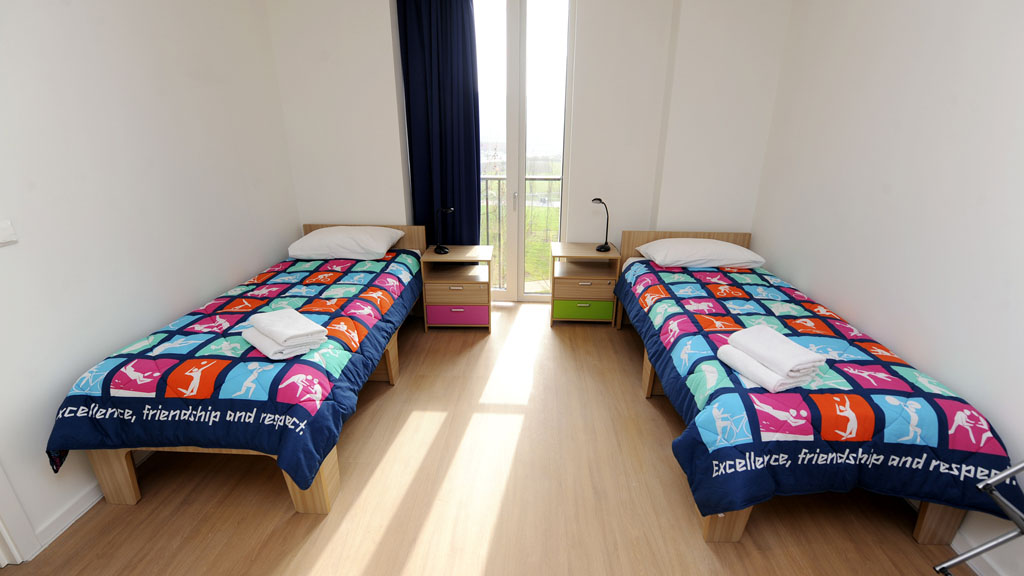
A feature of this year’s Olympic and Paralympic Games was the athletes tweeting from within their temporary homes at the Athletes’ Village. However those homes are about to change as they are all fitted with kitchens (the athletes ate in a canteen). The property arm of Qatar’s sovereign wealth fund, Qatari Diar, bought the village alongside social housing provider Triathlon Homes, for £557m. Half of the 2,800 homes will be rented to private tenants, with the other half social housing.
Additionally the ArcelorMittal Orbit will be reopened as a tourist attraction from Spring next year. Locog will also develop two public parks at the Olympic site, one in the south which is being designed by James Corner Field Operations, the company behind Manahattan’s High Wire park, and one in the north which will be largely a children’s nature-themed playground.
Watch below for a view of what the Queen Elizabeth Olympic Park is expected to look like in 2030
- Chapters
- descriptions off, selected
- subtitles off, selected
- captions settings, opens captions settings dialog
- captions off, selected
This is a modal window.
This is a modal window. This modal can be closed by pressing the Escape key or activating the close button.
You can read about the future of the Olympic Park at the London Legacy Corporation's new website.
- Chapters
- descriptions off, selected
- subtitles off, selected
- captions settings, opens captions settings dialog
- captions off, selected
This is a modal window.
This is a modal window. This modal can be closed by pressing the Escape key or activating the close button.